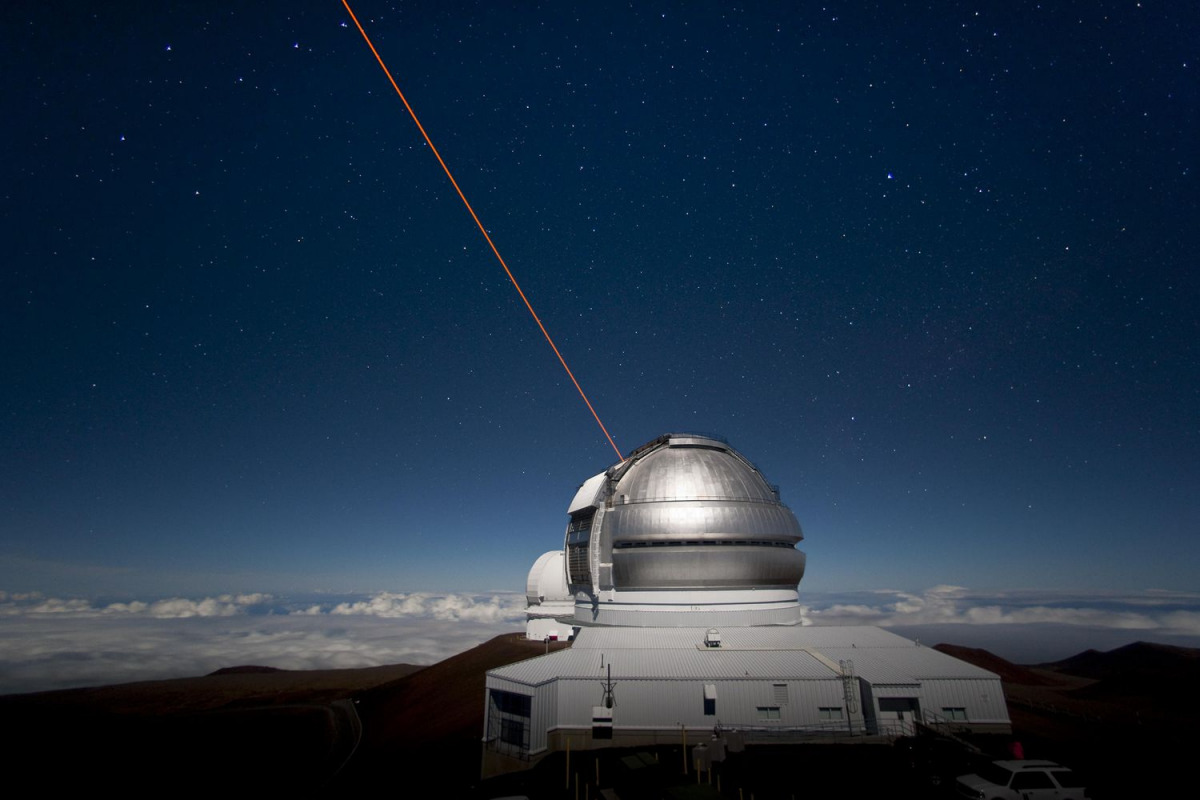The Gemini International Observatory, one of the main points of global astronomical research, has temporarily suspended its astronomical operations after it was subjected to a cyber attack. The perpetrators and their motives remain unknown to this day.
The Gemini International Observatory is a system of astronomical observatories consisting of two twin telescopes – that is, identical in structure and technology – located geographically opposite places on Earth. These telescopes are known as Gemini North Telescope (Gemini North) and Gemini South Telescope (Gemini South)It is designed to conduct advanced astronomical research in various fields of astronomy, including observing stars, galaxies, planets, and solar system objects.
The two Gemini telescopes are identical in design and instrumentation. This uniformity allows astronomers to make comparable observations of both sides of the planet, which is particularly useful for studying celestial bodies that are not visible from a single geographic location.
The Gemini North telescope is located within the Mauna Kea Observatory, a dormant volcano on the island of Hawaii (Big Island), in At an altitude of about 4200 meters above sea level. On the other hand, the Gemini South telescope is located at the Cerro Pachón Observatory in the Chilean Andes, at a similar altitude. These locations are chosen strategically to maximize the quality of astronomical observations due to the clarity and stability of the atmosphere at high altitudes.
Both telescopes are equipped with a wide range of modern astronomical instruments, incl Spectrophotometers, cameras, infrared and ultraviolet monitoring devices. These instruments allow astronomers to collect high-quality data. In fact, astronomers use Gemini telescopes to research phenomena that are particularly difficult to observe, including star formation and evolution, galaxy structure, exoplanets and everything else related to the solar system.
Unprecedented hacker attack
The cyberattack, which took place on the morning of August 1, shut down the Gemini North and South telescopes, as explained in a statement dated August 24. National Optical and Infrared Astronomy Research Laboratory (NOIRLab). While the northern telescope is located in Hawaii, its southern counterpart is located at Cerro Pachon, Chile, and a few other smaller telescopes are located at Cerro Tololo, Chile, as well. The observatories in Kitt Peak, Arizona, were not affected.
As a precautionary measure, Gemini.edu has been taken down. NOIRLab remains optimistic about its reinvigoration, stating the following: “We are encouraged by the progress that has been made so farThe specific details of the cyber attack have not yet been revealed, in fact, NOIRLab only mentioned the security issues without providing further information about it. The shutdown of Gemini.edu was purely precautionary, the lab says, though the main site remains active. .

“Like the entire astronomical community, we are disappointed that some of our telescopes are not active. Fortunately, we were able to keep some of the telescopes online and collect data with workaroundsNOIRLab said in its statement. “We are grateful for the astronomy community’s support during this difficult time and thank everyone for their patience while our teams continue to work to restore normal operations.“.
backed by National Science Foundation (NSF), NOIRLab plays an essential role in ground-based optical and infrared astronomical observations. Although the Gemini Observatory telescopes are not the largest in terms of the size of their mirrors, they are distinguished by their versatility, innovative tools, and strategic geographical location in both the northern and southern hemispheres.
Reasons for the attack
The nature of the attacks is unknown, but as Space.com points out, the US National Counterintelligence and Security Center (NCSC) It has already alerted the public to such threats – and even potential espionage – in the space sector, underscoring the critical importance of space assets to national security and economic power.
Astronomical observatories have experienced cyberattacks before, as Space.com notes. Last year, the Atacama Large Millimeter/Submillimeter Array (ALMA) in Chile came under fire. NASA was also subjected to similar attacks. Which led its executives to stress the urgent need to improve cyber security.
There can be many reasons behind a cyber attack on an astronomical observatory, and espionage is certainly one of the most valid reasons.
Astronomical data collected by telescopes can be of great value to the scientific community. Therefore, hackers may try to access the observatory’s servers to steal and sell this data. Cyberattacks can also cause disruptions in astronomical research. For example, scheduled observations can disrupt or damage scientific equipment, causing delays in research projects. Which can be useful to cybercriminals who have a good reason to demand a ransom.
Activist groups who hold ideological positions against scientific research or technology and who may attempt to disrupt the observatory’s activities as a form of protest or vandalism cannot be excluded.

“Internet trailblazer. Travelaholic. Passionate social media evangelist. Tv advocate.”






More Stories
Extend your life by 10 years: Here is the “perfect” diet, and it is very easy to follow | You don’t even realize you’re doing it
What the Earth would be like if all the ice melted: Watch the chilling video
If you shave like this, you risk getting sick. Doctors warn: “Don’t take it lightly.”